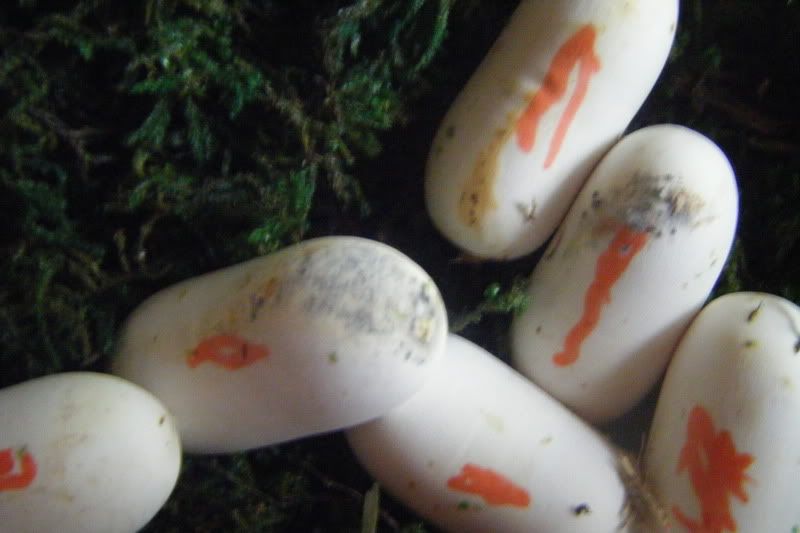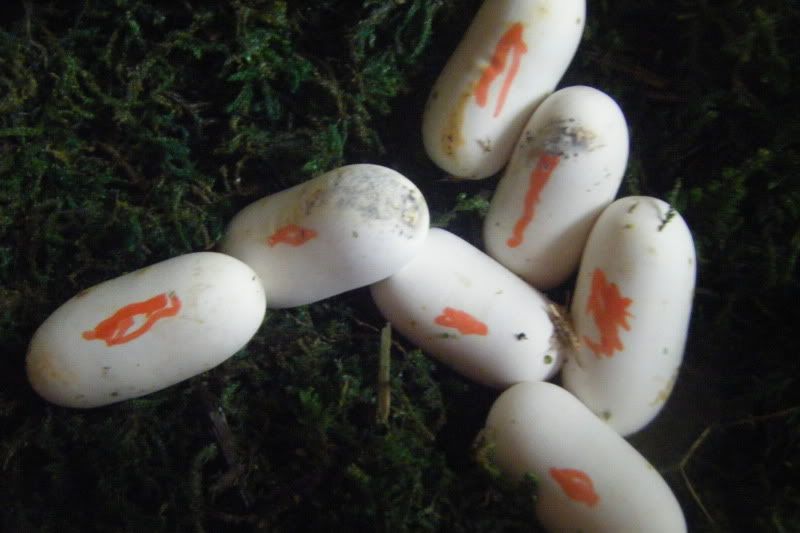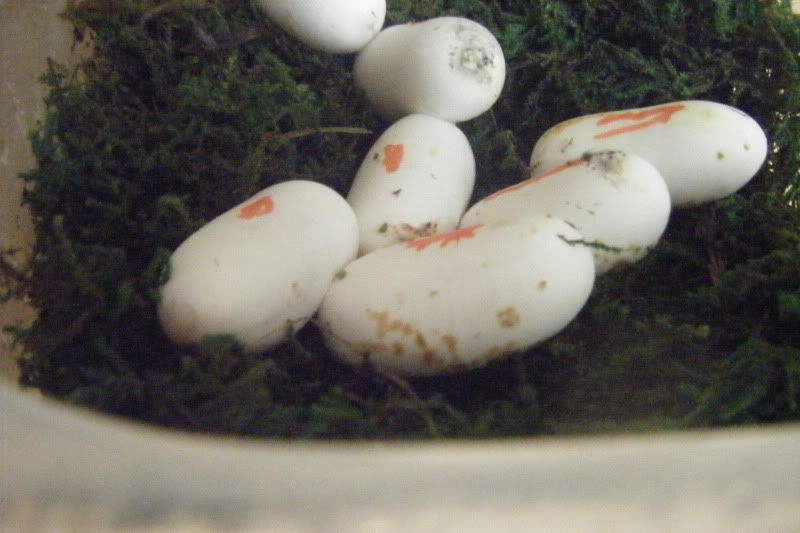pfeiffer
New member
I have them in an incubator, The eggs do not seem to have any furry mold growing just the spots and none have begun shriveling up yet...Is there anything I can do to save these eggs?
PLEASE HELP IF YOU CAN,
Thanks for any and all advice ya'll can throw my way, Tonya






